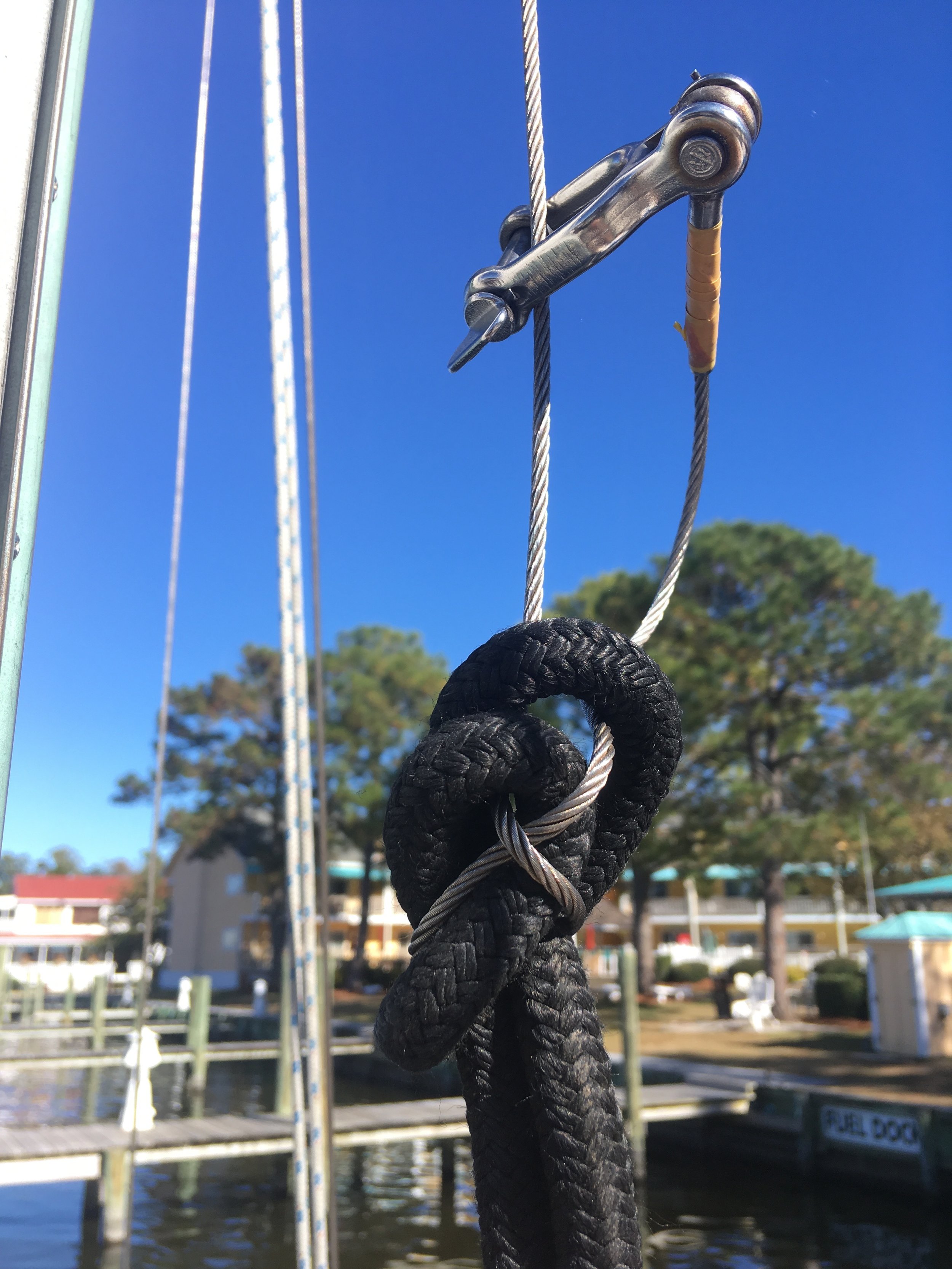Every time you drop your expensive anchor, you run the risk that you will never see it again! Deep below your keel lurks many unknown hazards that can grab onto and never let go of your anchor. You never know if you will hook onto something that will snag your anchor and never let it go.
Popular anchorages are a double edge sword. This location is obviously a popular spot since amongst boaters, but at the same time, there is more risk of debris being on the bottom to snag your anchor!
In Charleston, SC, the most popular anchorage in the harbor is right across from the City Marina. This anchorage is also famous for eating anchors, and according to the reviews on Active Captain, it will "eat your Rocna." The anchorage is deep, but also full of wrecks, some boats are tossed up on the shore while other masts are poking out of the water.
Since this place was the best location to anchor and reach the dinghy dock and the historical part of town, we decided to anchor on the outer edge of the anchorage and try our luck!
Our holding was great and we had no issues with dragging as the tides changed. Then the day came to leave and we encountered a problem.
The chain was rather difficult to raise, and I was forced to pull it up with the windlass on low gear. This meant that each stroke that I gave the windlass handle caused 1 link of chain to be raised. Slowly but surely, we raised the chain up into the boat and stowed it in the anchor locker. When we got to about the 140 foot mark, we got a big surprise!
It appeared that an old helical mooring screw has been snagging anchors over the years. These anchors had all gotten stuck and the owners had given up on retrieving them, cut the chain and said goodbye. As the years pressed on, more and more anchors had been snagged, and their chains wrapped around the mass. The ball of dead anchors had grown in size, making it easier for other unsuspecting anchors to get fouled as well.
Our anchor was spared, but it appears that our chain had wrapped itself around the mass with each tidal change. The simple choice was to cut our chain and say goodbye to our anchor.
The not so simple choice is to untangle our chain and retrieve our $700 anchor and 150 feet of chain! To do this, I attached a halyard to what looked like an old rope pendent that seemed secured to the mass and wouldn't come free as I raised the mass. With the halyard secured, I slowly winched the abomination upwards and onto the deck.
Our chain was still leading out of it and off to the anchor, so the mass of dead anchors wouldn't swing in towards the mast. I then secured a line from the mass to the bow cleat so that it wouldn't swing back as the chain came free. I also tied a short snubber line to the chain leading to the anchor so that the chain in the mass would be freed of tension.
With the tension released, I began unraveling the chain from the mass. The chain was wrapped and coiled around the helical screw, as well as tied tightly around the flukes that projected from the death ball.
Luckily, the original ball was full of mud that got washed away by the tidal current, making the chain a bit looser and allowing me to get the tangle undone.
After a few hours, the chain was clear of the snag and we were finally able to get back on our way, leaving Charleston, SC, and heading offshore to Florida!






